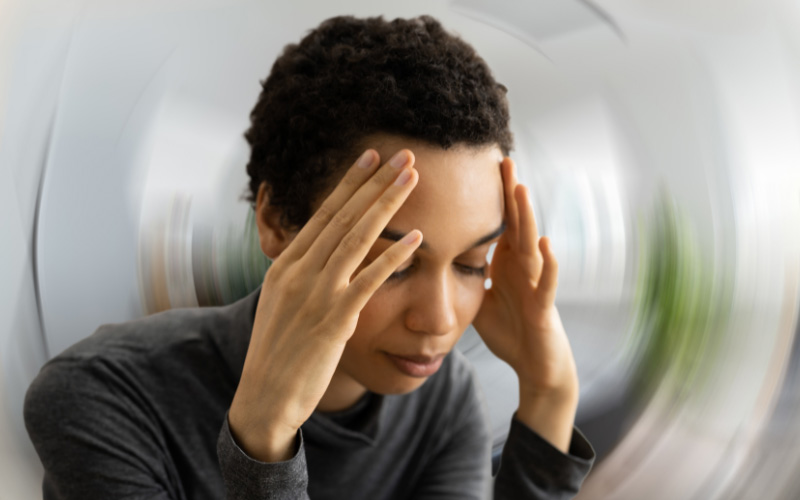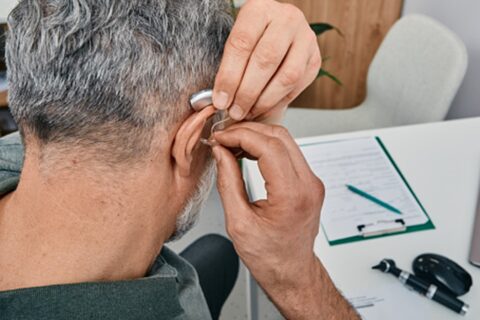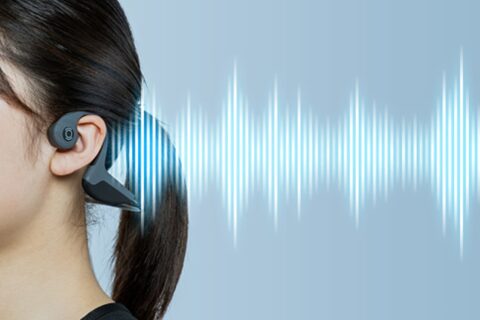The Connection Between Hearing and Balance Disorders

The human body is a complex system of interconnected components that work together to maintain equilibrium and functionality. Two crucial senses that play a significant role in our daily lives are hearing and balance. While these senses may seem distinct, they are intricately connected, and disruptions in one can lead to problems in the other. Understanding the connection between hearing and balance disorders is crucial for diagnosing and treating various conditions effectively.
To comprehend the link between hearing and balance, it is important to have a basic understanding of the anatomy involved. The inner ear, or the cochlea, is responsible for both hearing and balance. Within the cochlea, there are two primary structures: the cochlear duct, which is responsible for hearing, and the vestibular system, which plays a role in balance.
The cochlea is responsible for converting sound vibrations into electrical signals that can be interpreted by the brain. Any damage or dysfunction in the cochlea can lead to hearing loss. However, the vestibular system, located adjacent to the cochlea, contains specialized structures that detect motion and spatial orientation. These structures are filled with fluid and tiny hair-like structures called cilia, which detect changes in fluid movement caused by head motion. This information is relayed to the brain to maintain balance.
When hearing or balance is impaired, it can affect the overall functioning of an individual. One example of a condition that demonstrates the connection between hearing and balance disorders is Ménière’s disease. This chronic disorder affects the inner ear and is characterized by symptoms such as vertigo (a spinning sensation), hearing loss, tinnitus (ringing in the ears), and a feeling of fullness in the affected ear. The exact cause of Ménière’s disease is unknown, but it is believed to be related to an abnormal buildup of fluid in the inner ear, which disrupts both hearing and balance.
Another condition that highlights the connection between hearing and balance is benign paroxysmal positional vertigo (BPPV). BPPV occurs when tiny calcium crystals in the inner ear become dislodged and move into the wrong part of the vestibular system. This results in sudden episodes of vertigo triggered by specific head movements. While BPPV primarily affects balance, it can also cause temporary changes in hearing.
Furthermore, certain medications used to treat hearing disorders can have an impact on balance. For example, aminoglycoside antibiotics, often prescribed to treat severe infections, can damage the hair cells in the cochlea, leading to hearing loss. However, these medications can also affect the vestibular system, causing balance problems.
The connection between hearing and balance extends beyond specific disorders. In daily life, we rely on both senses to maintain stability and navigate our surroundings. For instance, when we walk or run, the vestibular system provides information about our body’s position in space, while the auditory system helps us to detect potential hazards and communicate with others. If either of these senses is compromised, it can significantly impact an individual’s quality of life.
Diagnosing and treating hearing and balance disorders requires a multidisciplinary approach. Audiologists, otolaryngologists, neurologists, and physical therapists often work together to evaluate and manage these conditions. Diagnostic tests, such as audiometry to assess hearing function and electronystagmography to evaluate balance, are commonly employed to identify the underlying cause of the problem.
Treatment options for hearing and balance disorders vary depending on the specific condition and its severity. Hearing aids and cochlear implants are commonly used to improve hearing loss, while vestibular rehabilitation therapy can help individuals with balance issues regain their stability. In some cases, medications may be prescribed to alleviate symptoms or manage the underlying cause.
Learn more about dizziness, vertigo and balance disorders in this patient resource from our partners at Florida Gulf Coast ENT. Read: Understanding Dizziness, Vertigo and Balance Disorders.


